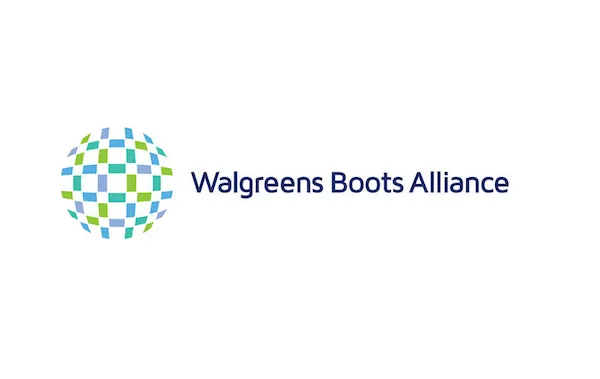SYDNEY, Australia — Almost 100 years ago Australian pharmacists banded together to stop Boots the Chemist entering their market by setting up the Pharmacy Guild of Australia and successfully lobbying governments to enact laws restricting pharmacy location and ownership.
Walgreens Boots Alliance Inc. (WBA) can expect a similarly frosty reception when it tries once again to bring the Boots banner to Australia.
The global health care company registered the Walgreens Boots Alliance trademark with IP Australia late last year and is investigating a range of options to build a substantial business Down Under, according to WBA global brands president Ken Murphy.
These options include establishing a Boots franchise network and gaining wider distribution for its health and beauty brands in local pharmacies.
Murphy says WBA would ideally like to open company-owned pharmacies, but was prevented from doing so under existing laws, which restrict pharmacy ownership to pharmacists. “If you change the law we’d be happy to come,” Murphy told The Australian Financial Review in a recent interview in March.
“There are advantages and disadvantages to that law,” he said. “You could argue that having a pharmacist who is the owner of the business and part of the community is an important aspect of the care model in the community. But equally, as health costs rise and affordability is an issue, you start to need to think about economies of scale and best practice and efficiencies.
“So it’s something that I’m sure the Australian government will be giving careful consideration to.”
Changes to the laws, which effectively prohibit corporate pharmacy ownership, could come sooner rather than later.
The government’s Sixth Community Pharmacy Agreement locks in current constraints on where pharmacies can be located until mid-2020. However, the government has commissioned an independent review of ownership and location rules following a landmark competition law report last year, which found that the current restrictions limited consumer choice. The new review is due to report in March 2017.
The Pharmacy Guild and major wholesalers are against any changes, saying the sector is competitive and the current regime is serving consumers well.
Murphy said the case for change would have to be compelling. “As the government puts the squeeze on health care costs and as pharmacists find it increasingly difficult to make money from their prescription businesses, that will force a change in the market,” he said. “But for when that could happen you would need a crystal ball.”
If ownership laws do not change, WBA could look at establishing or acquiring a wholesale business or franchise group under the Boots the Chemist brand.
“I’m in the middle of exploring every option at the moment,” Murphy said. “Australians are such great travelers … that brand recognition for Boots is incredibly high here in Australia and it feels a terrible shame to waste the recognition. [Wholesalers such as] Sigma do a very good job already with their banner brands. The question would be what extra dimension of value we would add to that. The Boots brand could raise it a notch.
“But there’s almost as much effort that goes into creating a franchise model as an owner model. The returns on investment are a lot tougher, [and] to justify the investment in Australia, we’d have to have the capability to establish our own chain. We’d be happy to do that by acquiring pharmacies, but we’d have to have the legal permission to do so.”
Murphy believes there is room in the $16 billion (Australian) retail pharmacy market for a strong new player that could bring significant economies of scale.
Despite a series of mergers and acquisitions in the past few years, the market remains fragmented. The three major banners — Chemist Warehouse, which is supplied by Sigma; API’s Priceline; and the Terry White Group — account for about $6.4 billion in revenues and 50% of retail revenues, but only 20% of stores by number. Outside the top five banners, there are another 70-odd small franchises, while 30% to 40% of pharmacies are not part of any buying group or banner.
Terry White Group chief executive officer Anthony White said WBA could establish a new franchise group or take over an existing banner or wholesaler, but franchise margins are thin and listed wholesalers are trading at steep multiples. “Going down that path would be very hard yards,” he said. “I struggle to see why it would be attractive to them if they have to come in under a franchise model — if the ownership rules changed, it would be a different story for them.”
A Pharmacy Guild spokesman told the Australian Journal of Pharmacy there was little support for overseas corporate players entering the market, even among proponents of deregulation. “For all the debate about the need for greater competition in Australian pharmacy, it’s telling that none of the advocates of increased competition has indicated any desire to have these overseas giants enter the market,” the spokesman said.
Murphy checked out a few Australian health and beauty brands during a recent visit to Australia. “We are able to give them instant distribution in two of the largest beauty markets in the world,” he said.







